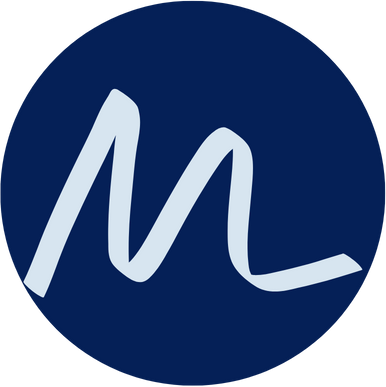How would you Respond?
Human behavior is complex. People are complex. Situations are complex. Global work is complex. More and more companies have a distributed work force, making it more difficult than ever to get to know your people and for your people to feel connected.
In the post-pandemic era, personality tests seem to have a new relevance. I use the #Enneagram to identify unique personalities, strengths, talents, blind-spots, and build more self-awareness. This all helps determine who will thrive in which work arrangements and to determine which personality mix can maximize a team’s chance of success.
Let me give you an example from Dirk Cloete, the founder of Integrative9 Enneagram Solutions and creator of the iEQ9 assessment:
“Imagine a stressful situation such as the aftermath of an accident or a building collapse, with a team of nine people, one from each of the different Enneagram Types, as the first responders. The accident scene is chaotic, full of noise, images, people moving around, smoke and damage – an overload of information and data that requires the brain to filter and sort through it. In this sorting process of taking stock of the scene and deciding what should be prioritized first, each Enneagram Type is likely to notice a different selection of facts, elements, and possibilities, based on their lenses:
An Ennea 1 may notice what is broken, out of alignment or out of place. They may focus on who is responsible for the accident.
An Ennea 2 may notice the people in the situation, their expressions and who needs help. They might overlook their own safety needs.
An Ennea 3 might immediately begin prioritizing what to tackle first, taking a pragmatic approach.
An Ennea 4 might be initially overwhelmed by their feelings and reflect on the deeper meaning of the event, seeing parallels and archetypes.
An Ennea 5 is likely to feel the need to pause, step back and evaluate before acting. They might pay attention to evaluating the facts and data of the situation.
An Ennea 6 might be the first to notice any unstable structures that could still fall, as they are scanning for danger and evaluating the possible actions.
An Ennea 7 might take the scene in fully and begin trouble-shooting fast, moving to action before others know what they are thinking.
An Ennea 8 is likely to see what needs to be done and step in to start. They may take an active role in coordinating and directing others as well.
An Ennea 9 may notice the different groups involved in the response and move to facilitate them and help them coordinate with each other.
As you see, this is complex! Each Type has a unique motivation with corresponding behavior. Which do you align with?
It is vital to an organization’s health to know who its people are, and effectively utilize their motivations and strengths in order to achieve alignment and optimizing productivity.
